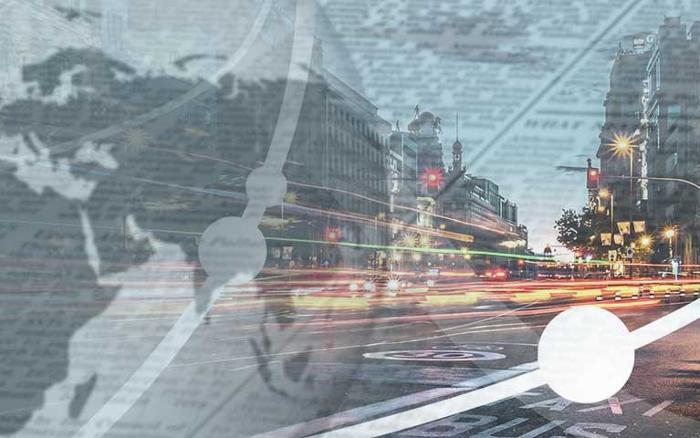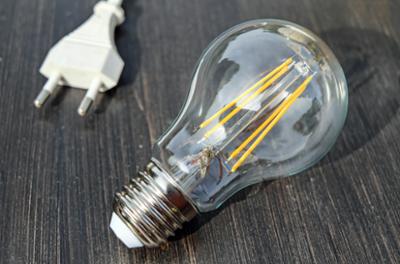

What are energy communities?
One of the main goals of the 2030 Agenda is the achievement of affordable and clean energy. As a result of the proposal of this goal, new forms of partnership are emerging with the aim of achieving decentralised energy generation that does not have a negative impact on the planet.
The future of energy is one of the great debates of technological innovation. A new world is on the horizon in which sustainable energy production is a must. Today, energy consumption accounts for around 60% of global greenhouse gas emissions.
For this reason, the idea of creating energy communities arose. This form of association means a new way of generating, using and managing energy locally through the cooperation of different actors. In this way, citizens, administrations and small companies contribute to the creation of a decentralised, fair, efficient and collaborative energy system, with the aim of putting an end to the large associations that have the power of energy generation in their hands.
Tomorrow's objectives, which are essential for today, open up a new system of independent and automatic energy production marked by the impact of greenhouse gases. A clear example of analysis will take place from 14 to 16 June at the Global Mobility Call. This event, through its thematic forums, will help find solutions for clean energy production.
Energy communities, a safe future
In recent years, the installed capacity of renewable generation technologies has increased exponentially and, according to data from the International Renewable Energy Agency (IRENA), it is estimated that it will continue to grow until 2050. The European Union's objective is to achieve climate neutrality by 2050, in compliance with the Paris Agreement adopted in December 2015 by the parties to the United Nations Framework Convention on Climate Change and ratified by Spain in 2017. In December 2020, the European Council endorsed a new emissions target for 2030 of at least 55% compared to 1990 values.
In all decarbonisation options, it is considered essential to give consumers independence from the traditional energy sector by increasing the competitiveness of self-generators. This is where, looking to the future, the choice of energy communities comes into play, as they are one of the best innovative ways to curb the impact of emissions on the environment when generating energy.
What are the requirements for creating an energy community?
The concept of energy community was introduced by Directives 2018/2001 and 2019/944 of the European Parliament and the Council. To be recognised as such, they must be legal entities based on open and voluntary participation, autonomous and effectively controlled by their partners or members, which can be natural persons, SMEs or local authorities, including municipalities.
In addition, they may be involved in energy generation, distribution, supply, consumption, aggregation, storage and other activities. Their primary purpose is to provide environmental, economic and social benefits to their partners or members in the areas where they operate, rather than financial gain.
Energy communities in Spain
In the Spanish legal system, Royal Decree 244/2019, which regulates the administrative, technical and economic conditions for self-consumption of electricity, established the legal regime for collective self-consumption, which we consider to be one of the legal forms that an energy community can assume.
For the implementation of an energy community project, it is essential to have a multidisciplinary technical and legal team specialised in the field.
Self-consumption, a clean energy proposition
Self-consumption has skyrocketed in recent months. The rising costs of electricity bills are motivating small payers to opt for generating the energy they use. In Spain, this sector reached 1,150 megawatts installed in self-consumption in 2021.
Among other reasons, the war in Ukraine, the rising cost of gas, government aid and incentives and the campaign to promote self-generation have all contributed to this. The high electricity prices mean that the amortisation of the installation has gone from seven to two years, although the average is around four years when energy costs stabilise. In this way, savings of between 40 and 80% of the bill can be achieved through the use of self-consumption photovoltaic installations.
The IDAE's new energy solutions
The Institute for Energy Diversification and Saving (IDAE) has launched a campaign for the creation of new energy communities. This grant programme aims to save money for many families, especially for the most vulnerable ones, by tackling energy poverty.
It also avoids dependence on traditional electricity companies. In this way, it aims to address the difficulties faced by these communities, such as collecting finances in advance from citizens, SMEs or local authorities and the lack of a defined regulatory framework, among others.





